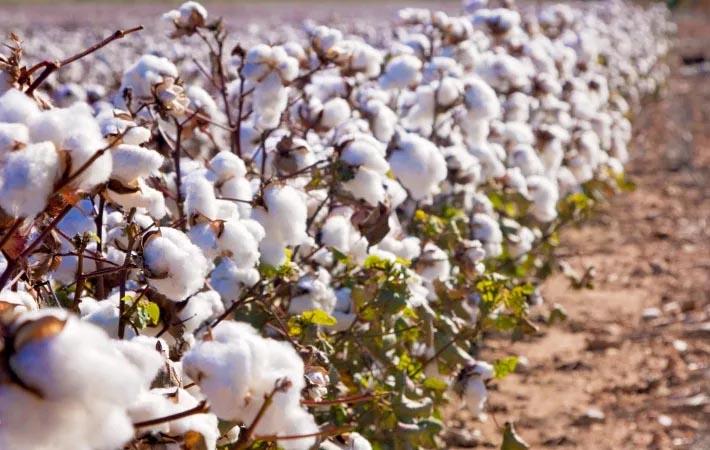Identifying cotton as a key driver for the manufacturing sector, Kenya has earmarked the cash crop in its ‘Big Four’ action plan as a multipurpose crop with the potential to turn around the collapsed textile industry, with lint and seed being the principal products. Yields, however, remain low, with the annual production recorded at 25,000 bales last year.
Scientists say the main challenge is pest infestation which has reduced the average harvest of cotton lint and seed to 211 and 373 kilograms per hectare respectively.Identifying cotton as a key driver for the manufacturing sector, Kenya has earmarked the cash crop in its 'Big Four' action plan as a multipurpose crop with the potential to turn around the collapsed textile industry, with lint and seed being the principal products. Yields, however, remain low, with the annual production recorded at 25,000 bales last year.#
A major constraint is pest control, which consumes an average of 45 per cent of production costs, according to a Kenyan newspaper report.
The government has put in KSh 4 billion to revive the Rivatex textile industry in Eldoret, where uniforms for the members of the Armed Forces will be manufactured, according to trade, industry and cooperatives principal secretary Betty Maina.
The Big Four action plan is banking on Bt cotton to create 50,000 jobs and generate KSh 20 billion from apparel export earnings per year. As research on BT cotton enters the second and final phase early next year, ginners and industrialists are upbeat that the collapsed textile sector will be revived.
The dormant ginneries are set to be revived within the next two years once the new variety of cotton is rolled out. In Kirinyaga, a modern ginnery has been lying idle since the mid 90’s after the sector collapsed. (DS)
Fibre2Fashion News Desk – India
